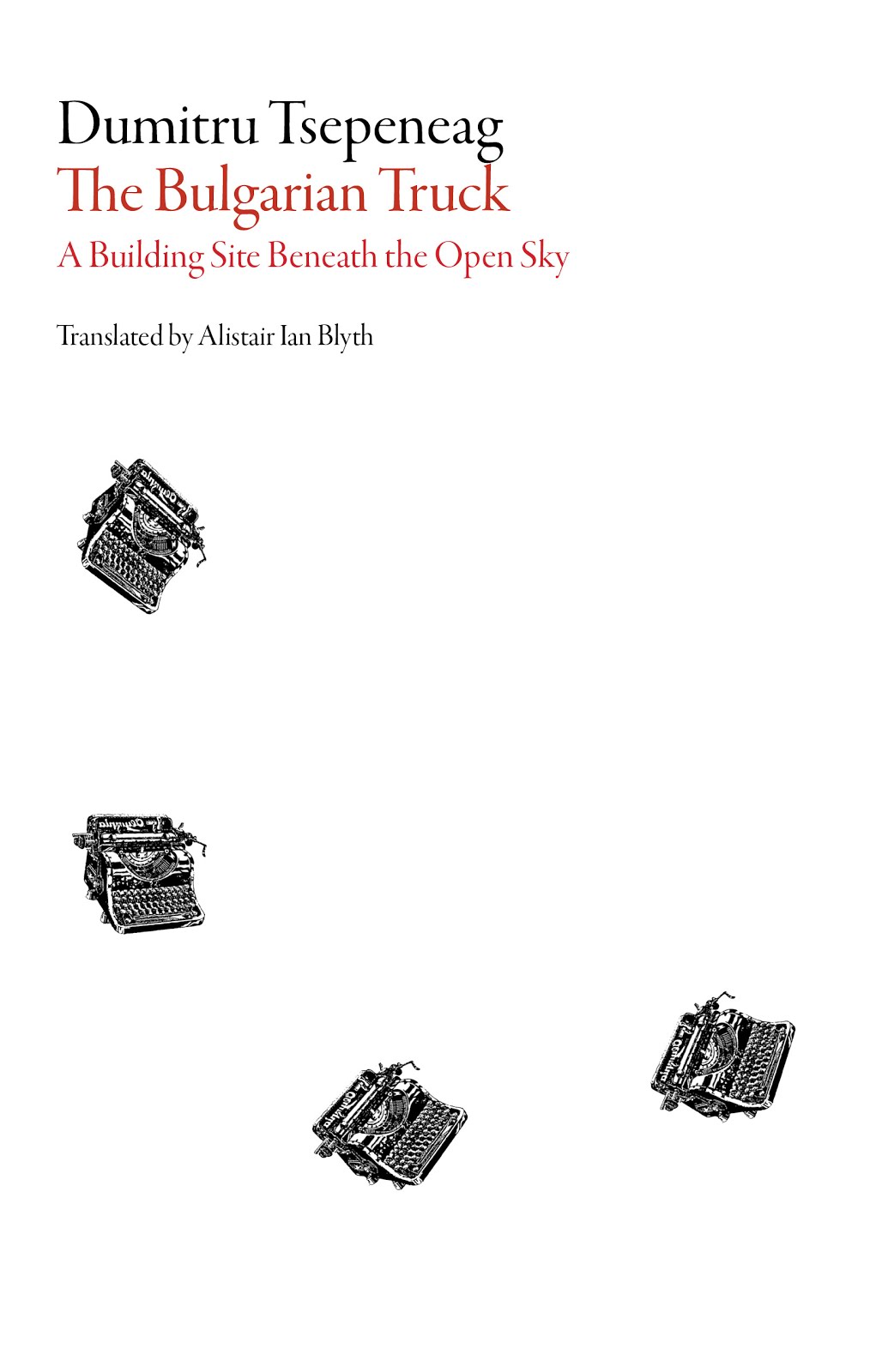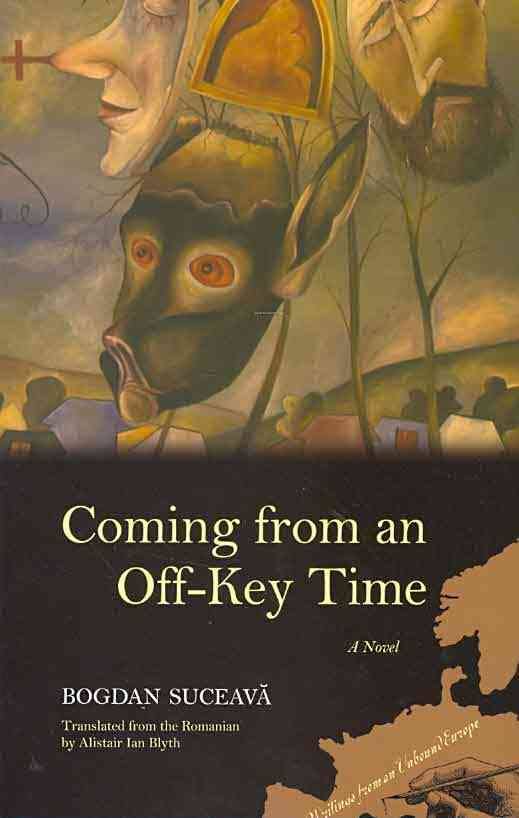Ebraeis sternutare est Atasch; unde Thalmudistarum verbale Ittonsch, sternutationem notat. Iidem apud Buxtorfium in Lex. Thalmudico distinguunt inter sternutationem superiorem et inferiorem. Inferior est crepitus ventris. De quo sternutamento idem Buxtorfius ex libro ben Syrae cum Comment. Constantinopoli excuso fol. 27. sequentia Latine reddidit: Quare creatae sunt sternutationes? (inferiores scilicet seu crepitus) Dixit ei; Nisi illae, essent, homo egereret necessitates suas in vestimenta sua. Cum autem homo sentit sternutationes, flatus venientes, abit et satisfacit naturae, ne pudefiat, et vestimenta sua coinquinet.
For the Jews, to sneeze is Atasch, whence the Talmudists’ Ittonsch denotes a sneeze. According to Buxtorfius in his Talmudic Lexicon, they also distinguish between an upper and a lower sneeze. The lower is the crepitus ventris. On which sneezing the same Buxtorfius has rendered into Latin out of the Book of ben Syra with Commentaries printed in Constantinople, page 27 ff. the following: "Wherefore have sneezes been created? (scilicet lower sneezes or crepitus). He said to him: "Were it not for them, man would discharge his necessities in his own clothing. But when man feels the sneezes, the flatus, coming, he goes out and satisfies nature, lest he shame himself and besmirch his clothing."
Martinus Schoock, De Sternutatione. Tractatus copiosus: Omnia ad illam pertinentia, juxta recentia inventa proponens. 2nd edition, Petrus van den Berge, in Vico de Heeregracht sub signo montis Parnassi, Amsterdam, 1664
For the Jews, to sneeze is Atasch, whence the Talmudists’ Ittonsch denotes a sneeze. According to Buxtorfius in his Talmudic Lexicon, they also distinguish between an upper and a lower sneeze. The lower is the crepitus ventris. On which sneezing the same Buxtorfius has rendered into Latin out of the Book of ben Syra with Commentaries printed in Constantinople, page 27 ff. the following: "Wherefore have sneezes been created? (scilicet lower sneezes or crepitus). He said to him: "Were it not for them, man would discharge his necessities in his own clothing. But when man feels the sneezes, the flatus, coming, he goes out and satisfies nature, lest he shame himself and besmirch his clothing."
Martin Schoock, On Sneezing. Plentiful Treatise, Laying Forth All Those Things Pertinent to the Subject, along with Recent Findings, Pieter van den Berge, in Heeregracht Street under the Sign of Mount Parnasses, Amsterdam, 1664





















No comments:
Post a Comment